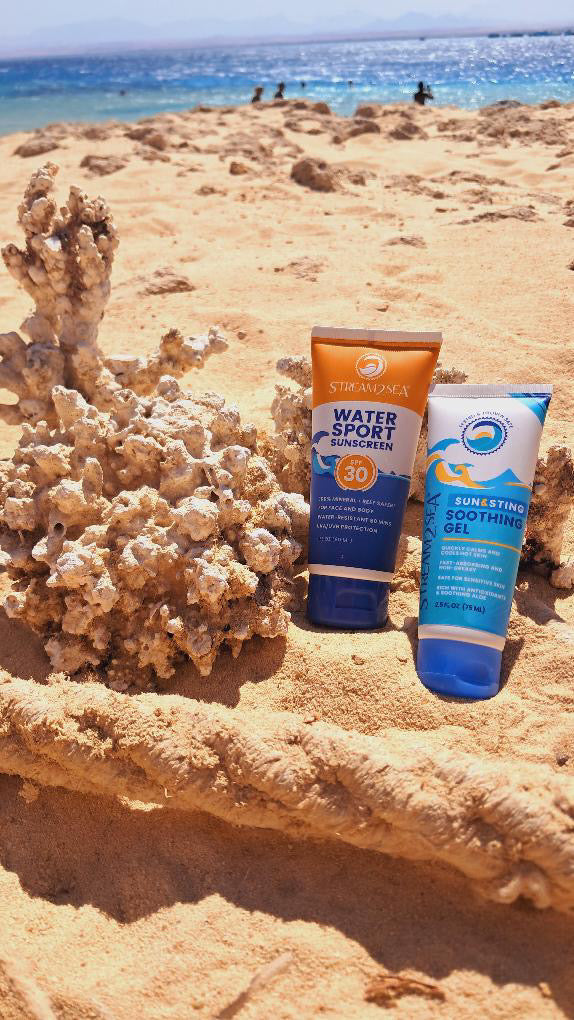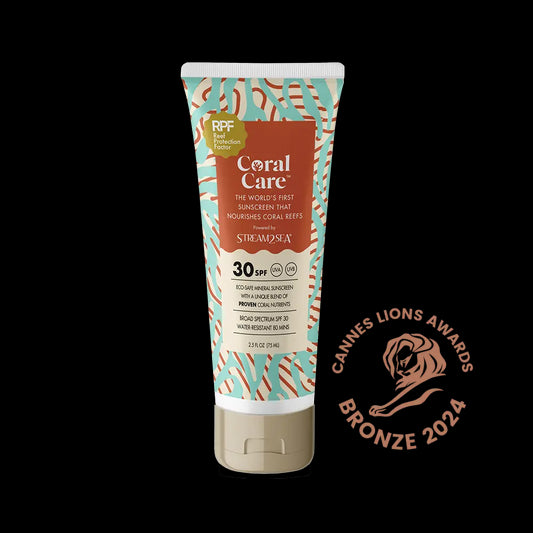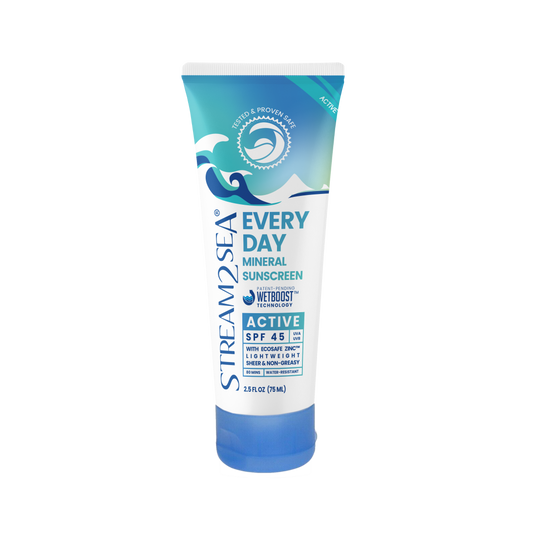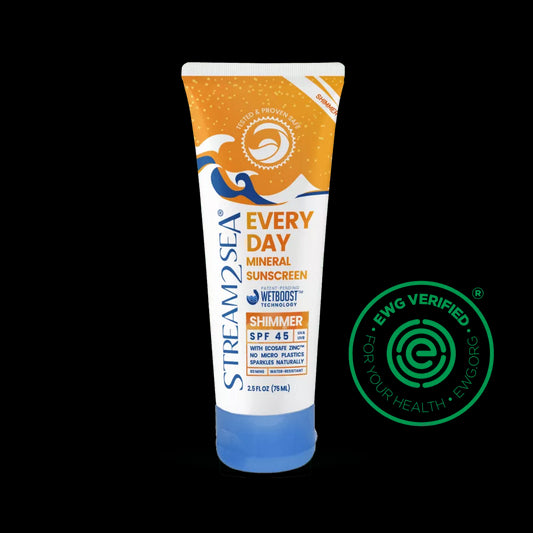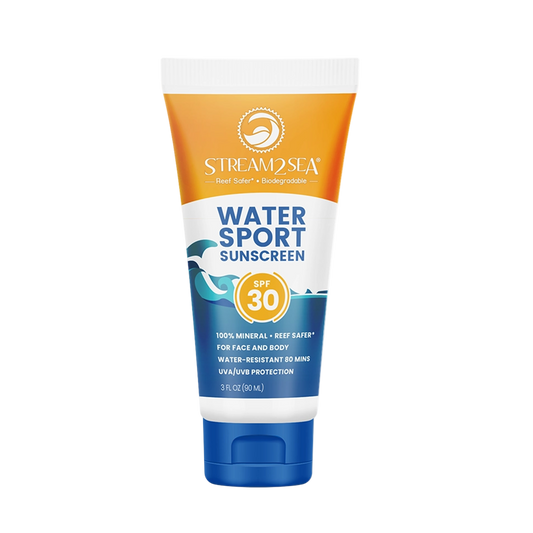Share
With coral reefs facing increasing challenges from global warming, overfishing and ocean acidification, eight countries formed the International Coral Reef Initiative (ICRI) in 1995. As conditions continue to decline, more than 60 countries as well as the United Nations have joined the initiative and named 2018 the Year of the Reef.
A recently released a new report on the chemicals in sunscreens and their impact on coral reefs worldwide, documenting damage, calling for further research and promoting a “precautionary approach” to dealing with the issue.
Chemicals found in sunscreens, particularly oxybenzone and related compounds, have reached potentially lethal levels for the most vulnerable juvenile coral larva in the world’s most popular dive locations, the report notes. (Lethal levels for common sunscreen ingredients like oxybenzone and “clear” zinc oxide are extraordinarily low – oxybenzone, for instance, is lethal to coral larva at concentrations of just 62 parts per trillion, or about a drop in 6.5 Olympic-sized swimming pools.)
“Most consumers, even people who are very conscious of the safety issues related to human beings, do not realize that sunscreen and other personal care products can be very dangerous in aquatic ecosystems,” notes Autumn Blum, founder and chief formulator of Stream2Sea, a company created specifically to develop reef-safe sunscreens and bodycare products. “Our first formulations totally flunked tests on fish, even though all ingredients were listed as ‘premium’ ingredients by Whole Foods.”
Coral reefs, among the world’s most important ecosystems, are even more vulnerable than the freshwater fish killed in Blum’s first experiments. Even very low concentrations of oxybenzone were shown to:
- Induce coral bleaching, even at relatively low temperatures, thus reducing their resiliency to climate change
- Damage the DNA of coral, limiting their ability to reproduce and resulting in potentially deformed or sick offspring
- Disrupt endocrines, causing juvenile coral to encase themselves in the own skeleton, eventually resulting in their death
- Causes the juvenile coral to become grossly deformed to the point where they could no long swim
